So, there, it’s done. 62 hours and 22 minutes from the start to the end of the game, LucasArt’s near forgotten cinematic tactical strategy gladiatorial combat RPG defied all my expectations.
The last time I blogged about Gladius, I’d just left Imperia for the Windward Steppes. That gave us the last group member, Eiji, an archer, who was more than she first appeared. But who didn’t know that? Continuing on to the Southern Expanse brought us a cutscene where one of the many evil villains dogging our steps said she would be sending someone to us who would bring us right to her, followed by a new character joining us immediately afterward.
THAT wasn’t suspicious.
As the games continued, they took on a more sinister turn, and it was clear that there was a deeper reason to our journey through the known world, building our school of fighters.
At the moment of our greatest triumph in the Caltha Games, Lord Mucus and the evil witch who controlled him staged a disaster in the coliseum, bringing the iconic gladiator statue to life, killing the emperor and his court, and sending Imperia into chaos.
The kind of chaos that only a brave hero, such as Lord Mucus, having recently and mysteriously regained his youth, could be counted upon to control.
Ursula, Usus, Urlan, Valen and the rest of the Orlin School barely made it out of Imperia with their lives. Ursula, though, started to feel the pull of her destiny, and her birthright, as the last of the Valkyrie.
I could spoil all of the plot and show a few dozen of the screenshots I took, but let’s just skip to the end. Now that I have played through the entire game, how’d it stack up?
Graphics: Compared to other PlayStation 2 games, the character graphics are fairly detailed given the low-poly. The main characters have several different sets of armor, some of which unlock as the game progresses. Cinematics are either rendered in real time, or shown as painted images which are zoomed in or out or panned across. Other tactical battle games of the era sacrificed the 3D graphics for more detailed 2D backgrounds, and shrank the characters to sprites, but Gladius wants you to see everything.
Story: The story mainly takes place between the various regions, through cinematics. While in a region, the plot stays tucked away while you work through the various stadiums and unique challenges. Secondary quests which might just turn out to be really important are given by shop keepers in each city, encouraging you to talk to everyone you can talk with. More Ogre Battle: March of the Black Queen than Ogre Battle: Let Us Cling Together. I missed a quest in the first region and was unable to complete a pretty involved secondary story that would have resulted in a really nice ability.
Jobs: Unlike the Final Fantasy Tactics and Ogre Battle series, characters cannot change jobs. They are what they are from the start. Characters are split broadly into Light, Heavy, Medium, Support and Beast, with a rock-paper-scissors weakness. Additionally, every character has an elemental affinity — fire, wind, earth, air, light and dark. One fire support is similar enough to another one, even if the job has a different name. Finding members of desired classes to hire is like hunting Pokemon — you gotta catch them all. Unfortunately, you probably won’t have room for everyone you’d like to keep.
Difficulty: The game doesn’t have a built-in method to set the difficulty. Enemies you encounter will generally be around your level, so there is no advantage to grinding. School members not in a fight will gain a good fraction of the experience the characters involved in the fight got. That said, I experienced sudden jumps in difficulty at times, fights I just couldn’t seem to win no matter how I approached them. There is a cheat that allows you to lower enemy level, and there were a couple times I was forced to use it. Experience from over-leveled fights like this is almost non-existent, meaning overuse will leave the characters under-leveled, with few of the skills necessary to win the end-game.
Final Verdict: I had a lot of fun with the game, but I felt at times that I had no idea what they wanted me to do with some quests, which resulted in me missing a huge slice of content. Some fights are super easy, others require very, very specific classes to be brought. Grinding for levels isn’t much use, but grinding for money is required, until later in the game, when you have all the money you could ever use.
I play a lot of tactical RPGs, and I can’t really think of any other which is really similar to Gladius. As far as 3D strategy games, it shares a lot of the DNA with the X-COM series, except that all the combatants are known before the fight begins, allowing the choosing of gladiators who will best resist enemy attacks while attacking their weak points.
Worth playing, a true hidden gem, worth seeking out for any tactical RPG fan.
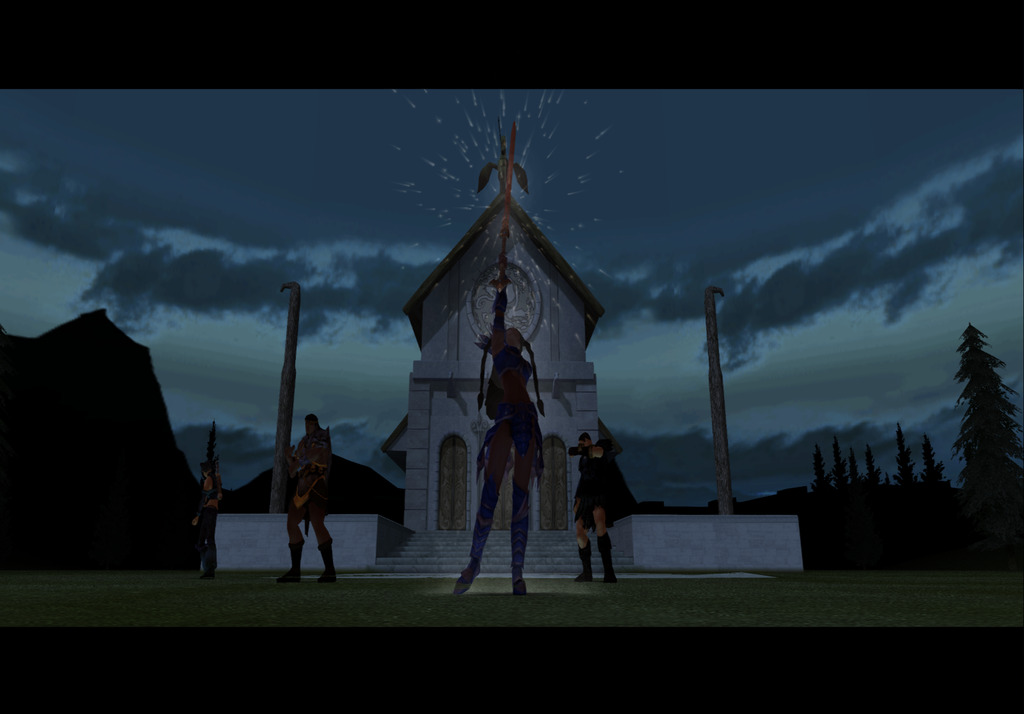
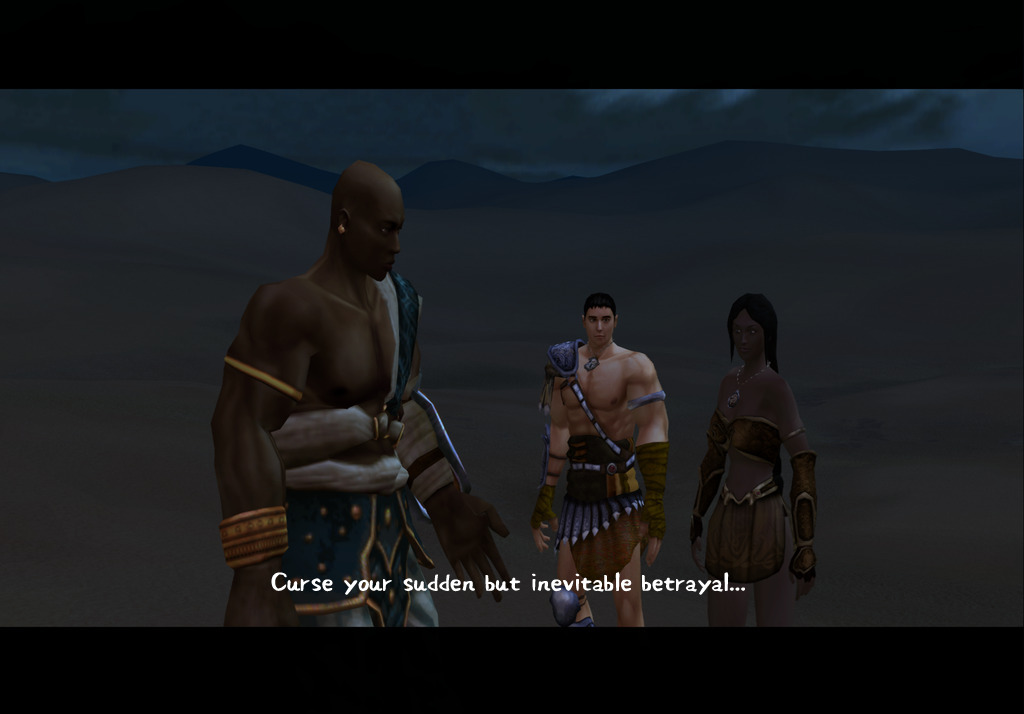
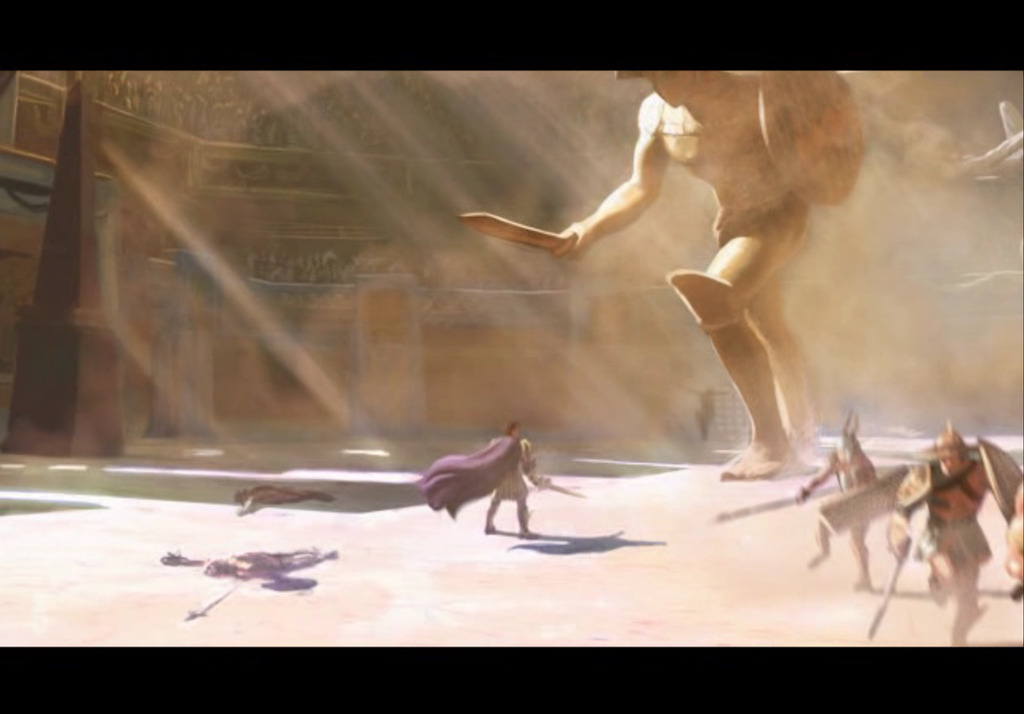
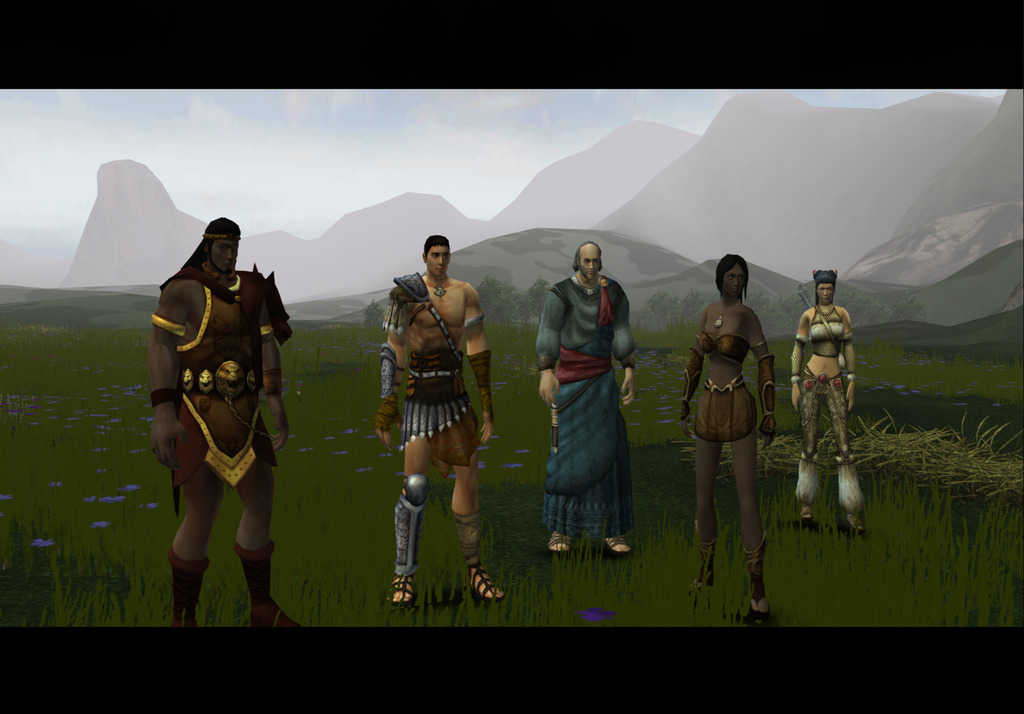
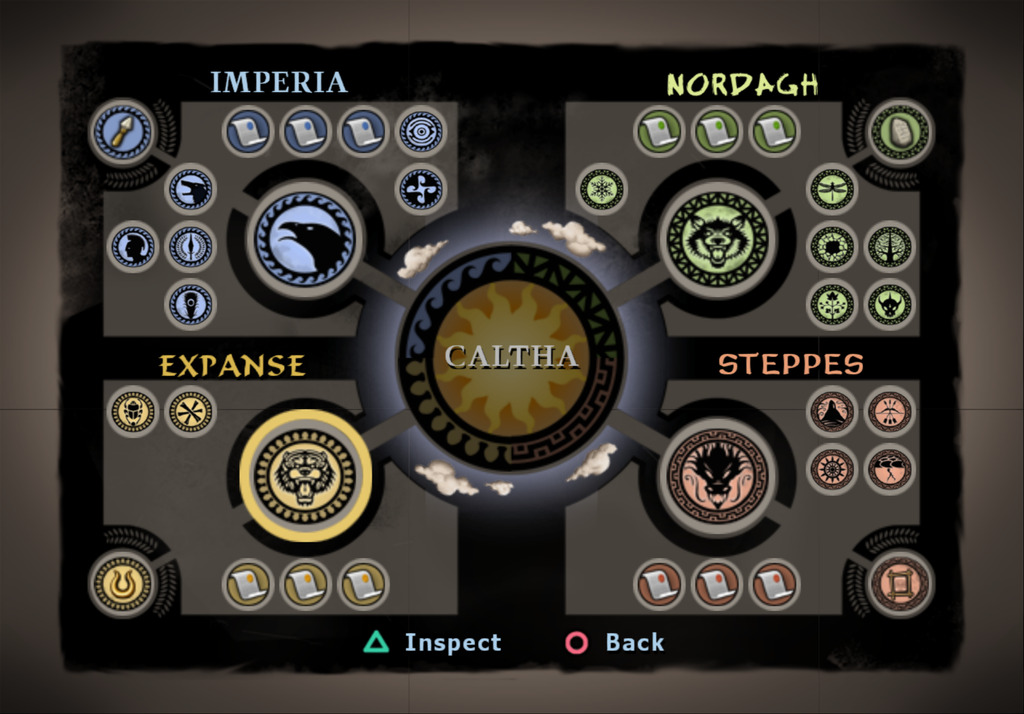
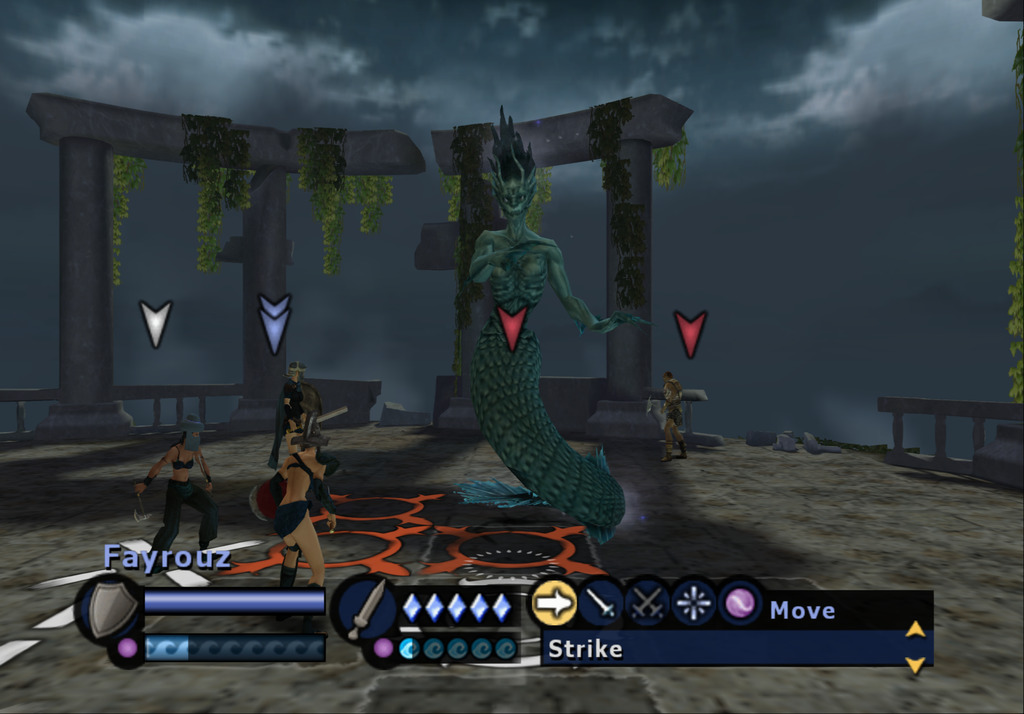


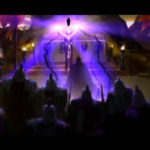
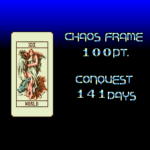
I was thinking about grabbing the Xbox version of this but your mention of needing a cheat worries me. If you needed it, I’m sure I would too, so I’ll have to make sure it is available in the Xbox version as well.
BTW on another post I think I referred to the Xbox 360 version, but that was incorrect, it was for the original Xbox. Still is in the “Backwards Compatibility” system, though, so should play on Xbox One/Xbox Series X|S.
I think I had screwed myself over, actually. And I did get close to finishing it legit; I may have gotten it if I’d tried a couple more times. It is a challenging game. The problem is, if you just don’t have the right team at the right time, you can just hit a roadblock.
If I play the game again, I’ll know enough to avoid the pitfalls.